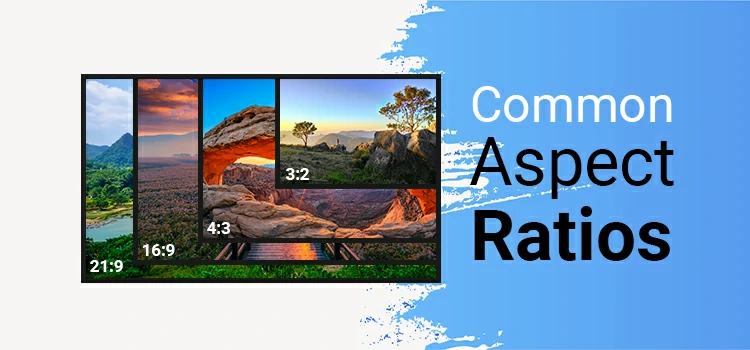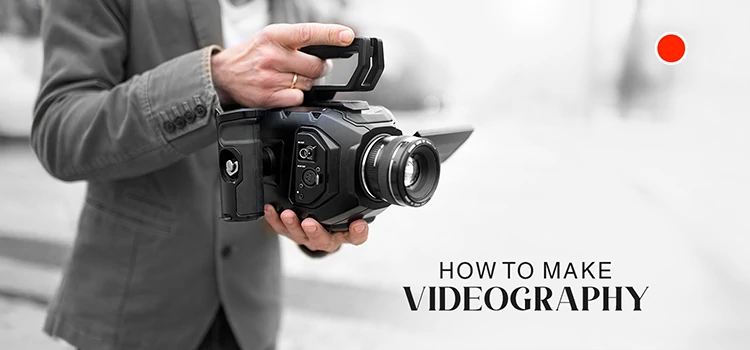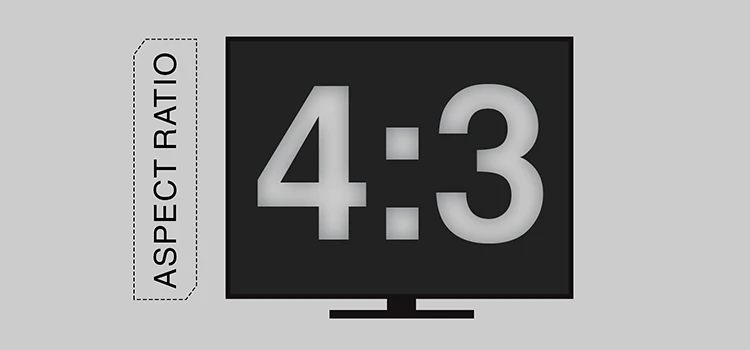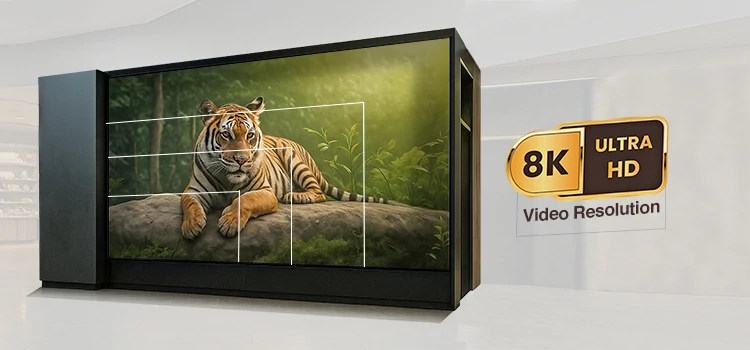Videography vs Cinematography: What’s the Real Difference?
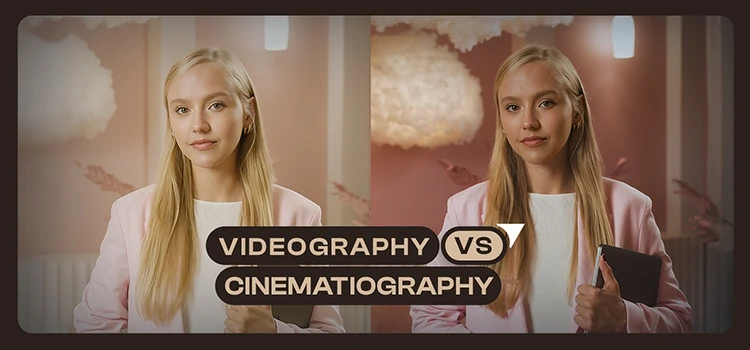
You’ve seen stunning wedding videos that feel like movies. Or ads so gripping, they stick with you for days. Ever wonder why? It’s not just the camera. It’s the craft behind it.
Videography captures moments as they happen. Real. Raw. Immediate. Cinematography? That’s storytelling through every frame. Every light. Every movement.
They’re not the same. Not even close. One documents life. The other shapes emotion. One works on tight deadlines; the other lives in pre-production meetings and mood boards.
But here’s the thing, knowing the difference changes everything. Your project. Your budget. Even who you hire. Let’s break it down because great visuals start with understanding the tools and the artistry behind them.
Key Takeaways:
- Videography catches life as it happens — weddings, meetings, speeches. Real moments. No do-overs.
- Cinematography tells stories on purpose — every light, angle, and movement is chosen to pull you in.
- One might be just you and a camera. The other? A team, a plan, and a whole lot of prep.
- It’s not about the gear. It’s about why you’re shooting. Capture truth? Or create a feeling?
Videography: Capturing Real Moments
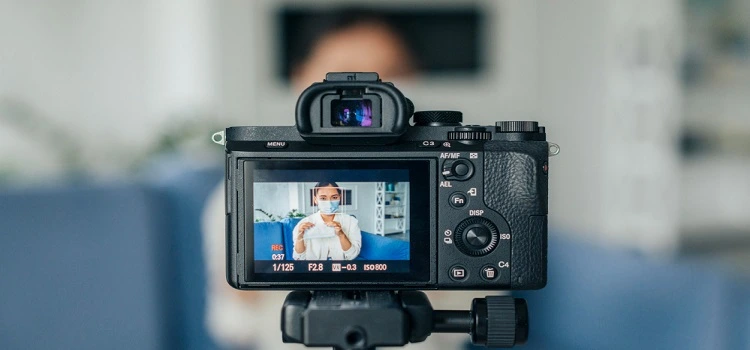
Videography is about catching life as it unfolds. No scripts. No retakes. Just real moments preserved.
Think weddings. Graduations. Company meetings. A product demo for Instagram. These aren’t acted; they’re lived. And videographers are there to document them clearly, cleanly, and without getting in the way.
Speed matters. Events don’t pause. You shoot, edit, and deliver—fast. Often solo or with one helper. The gear? Lightweight. Reliable. Built for mobility. A mirrorless camera. A shotgun mic. Maybe a gimbal. Nothing too flashy.
It’s not about creating a mood. It’s about accuracy. Clarity. Making sure Aunt Linda doesn’t miss her grandchild’s first words. But that doesn’t mean it’s low effort. Good videography takes skill. Timing. Anticipation.
You’ve seen it a hundred times. Smooth cuts. Clear audio. Natural lighting done right. That’s the quiet power of solid videography, it feels effortless… because it has to.
Cinematography: The Art of Visual Storytelling
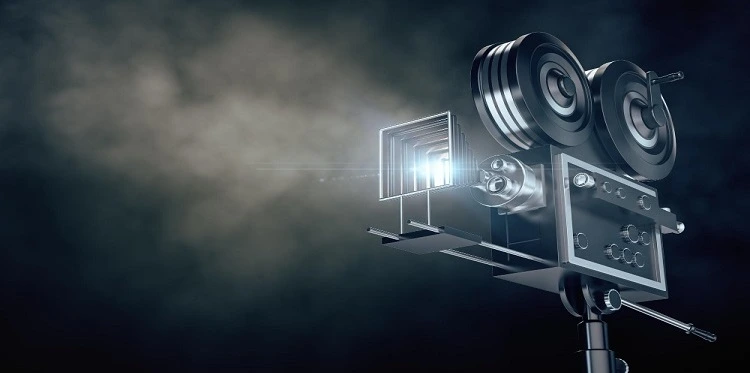
Cinematography isn’t just filming. It’s painting with light. Shaping time. Breathing life into a story that didn’t exist before. This is filmmaking as craft. As art.
Every frame is intentional. The angle. The shadow. The way the camera drifts—slow, deliberate, like it’s eavesdropping on a secret. You’re not watching a scene. You’re feeling it.
A cinematographer doesn’t just press record. They collaborate. With directors, production designers, and lighting crews who spend hours tweaking a single bulb. Because that one bulb? It sets the mood. It tells you danger’s coming. Or love. Or loss.
You see this in movies. In high-end commercials where a car doesn’t just drive, it glides through mist like it owns the road. In music videos where color bends to emotion. It’s not about what happens; it’s about how it feels.
Cameras are bulkier. Lenses are cinema-grade. Movements are choreographed. And editing? That’s another layer of storytelling—rhythm, pacing, silence. Cinematography doesn’t capture reality. It builds a new one.
Videography vs Cinematography: Key Differences
Let’s cut through the noise. Videography and cinematography? They’re not interchangeable. Not even close. One records what happens. The other design is how it feels.
Think of a wedding. A videographer shows you the ceremony—the vows, the tears, the first dance. Clean shots. Solid audio. Done in days.
A cinematographer? They’d light the ballroom like a dream. Frame the bride’s entrance like a movie reveal. Use slow motion at just the right second. It’s still real… but elevated. Curated. Emotional.
Here’s the breakdown at a glance:
| Aspect | Videography | Cinematography |
| Purpose | Capture real events as they happen | Craft a visual narrative; evoke emotion and meaning |
| Mindset | Be ready. Stay flexible. Don’t miss a thing. | Plan every second. Every frame has intention. |
| Workflow | Shoot → Edit → Deliver (fast) | Pre-visualize → Shoot → Grade → Mix → Finish (slow, layered) |
| Team Size | Often solo or 1–2 people | Full crew: DP, gaffer, grips, focus puller, DIT, etc. |
| Equipment | Mirrorless/DSLR, on-camera audio, basic lighting | Cinema cameras (RED, ARRI), cine lenses, dollies, monitors |
| Lighting | Natural light or simple setups | Designed from scratch—mood, contrast, depth all planned |
| Camera Movement | Handheld, gimbal, tripod—practical and mobile | Dolly tracks, cranes, Steadicam—smooth, cinematic flow |
| Sound | Captured in-field; often final | Rarely used raw; replaced or enhanced in post |
| Editing Style | Chronological, clean cuts, minimal effects | Non-linear, rhythm-driven, heavy color grading |
| Turnaround Time | Days or weeks | Weeks to months (sometimes years) |
| Budget Range | Low to mid-range | Mid to high—often six figures or more |
| End Goal | Show what happened | Make you feel something that may not have “happened” |
Overlapping Ground: Where Videography Meets Cinematography
Here’s where it gets interesting. The line between videography and cinematography? It’s not a wall. It’s a gray zone—and more people are living in it.
You’ve seen wedding videos that look like movie trailers. Soft light. Drifting shots. Music swells at just the right moment. That’s not your dad with a camcorder. That’s a videographer borrowing cinematic tools.
And corporate brands? They’re no longer happy with talking-head videos. Now they want emotion. Drama. A 60-second ad that feels like a Netflix intro. So they hire shooters who think like filmmakers.
Why now? Cameras changed the game. A Sony A7S or Blackmagic Pocket is cheaper than a used car, yet shoots footage once costing $100K. It offers high dynamic range, shallow depth of field, and film-like color.
But gear isn’t the real story. It is intended that when a videographer plans every shot like a scene. When they use lighting to create a mood, not just visibility. When they edit for feeling, not just sequence—that’s when videography becomes cinematic.
Same camera. Same event. But one shooter treats it like documentation. The other treats it like storytelling. That shift? That’s the overlap. And it’s growing fast.
Choosing the Right Approach: When to Hire a Videographer vs a Cinematographer
Do you need a videographer or cinematographer? It’s about your message. Need a 3-minute product launch video by Friday? That’s a videographer. Want an emotional short film with dramatic lighting? You need a cinematographer.
Hire a videographer when:
– The moment matters more than the mood (weddings, conferences, interviews).
– You can’t re-shoot. Ever. (Because real life doesn’t repeat.)
– Speed is non-negotiable. You need it yesterday.
– Your goal is clarity—not artistry.
Hire a cinematographer when:
– You’re building a world (ads, films, branded content).
– Every frame must serve the story.
– You have time for pre-production, lighting setups, and multiple takes.
– You want people to feel before they even hear the words.
Sometimes, one person does both. But always ask: Are they capturing what happened? Or are they shaping how it’s remembered? That question decides everything.
Gear Comparison: Videography vs Cinematography
Let’s talk gear—not because it makes the artist, but because it reveals the intent. You can spot the difference the second they unpack. Here’s how their toolkits compare:
| Category | Videography | Cinematography |
| Cameras | Sony ZV-E10, Canon XA70, Panasonic GH6
|
ARRI Alexa Mini, RED V-Raptor, Sony FX6
|
| Lenses | Zoom lenses (24-70mm), kit glass | Prime cine lenses (Cooke S7/i, Zeiss Supreme), T-stops |
| Audio Setup | On-camera mic, wireless lavalier
|
Boom operator, shotgun mics, field recorders (Zoom F8n) |
| Lighting | LED panels, natural light, small softboxes | HMIs, Kino Flos, diffusion frames, negative fill |
| Support Gear | Tripod, handheld gimbal (DJI RS 3) | Dolly, jib, Steadicam, rail systems |
| Camera Control | Auto exposure, touch focus | Manual iris, follow focus motor, waveform monitors |
| Accessories | Onboard recording, basic ND filters | Matte box, external recorder, cine-style batteries |
| Post Workflow | Quick edits in Premiere Pro or DaVinci Resolve | Color grading with LUTs, multi-layer timelines, VFX |
Future Trends: How Technology is Blurring the Lines
Tech moves fast. And it’s rewriting the rules. Here’s how:
Cameras are getting smarter and cheaper. High-end cinematic features (log profiles, 4K/6K, RAW video) now live in sub-$2,000 cameras—putting film-quality tools in every creator’s hands.
Hybrid creators are rising. One person shoots, lights, and edits like a cinematographer… while working on tight deadlines like a videographer. The “filmmaker-videographer” is the new norm.
Smart software bridges skill gaps. AI-driven tools like color grading, framing, and stabilisation help solo shooters produce polished results quickly.
Clients expect more. With streaming and social media, audiences want movie-like quality—even for corporate videos or wedding trailers.
Mobile filmmaking goes pro. iPhones with external rigs, mics, and apps are being used in real productions. Some shorts and ads are now shot entirely on smartphones.
What matters most is the look. Make a professional, emotional, and genuine film that connects with people.
Final Thoughts
Videography records life as it happens. Cinematography evokes feelings about it. Tech, talent, and creators are blurring the distinction between the two. Your choice is about purpose, not labels. What’s the goal? This answer guides everything.
Hire right. Shoot better. Tell stories that stick. Because in the end, it’s not just what you film—it’s why you film it.
FAQs: Videography vs Cinematography
- Can a videographer also be a cinematographer?
Absolutely. Many pros wear both hats. It depends on the project. A wedding shooter might use cinematic techniques. A filmmaker might go solo with a compact setup. Skill and intent matter more than the title.
- Is cinematography only for movies?
It’s used in high-end ads, music videos, and documentaries where the story is visual
- Do I need a cinematographer for my YouTube channel?
Want a film-like look? Borrow cinematography techniques for mood lighting, framing, and color grading.
- What makes a video look “cinematic”?
Create a strong composition by using depth, lighting, color, and camera movement effectively.
- Are expensive cameras required for cinematography?
Professionals use ARRI or RED, but stunning shots can be captured with affordable mirrorless cameras. Vision matters more than budget.


